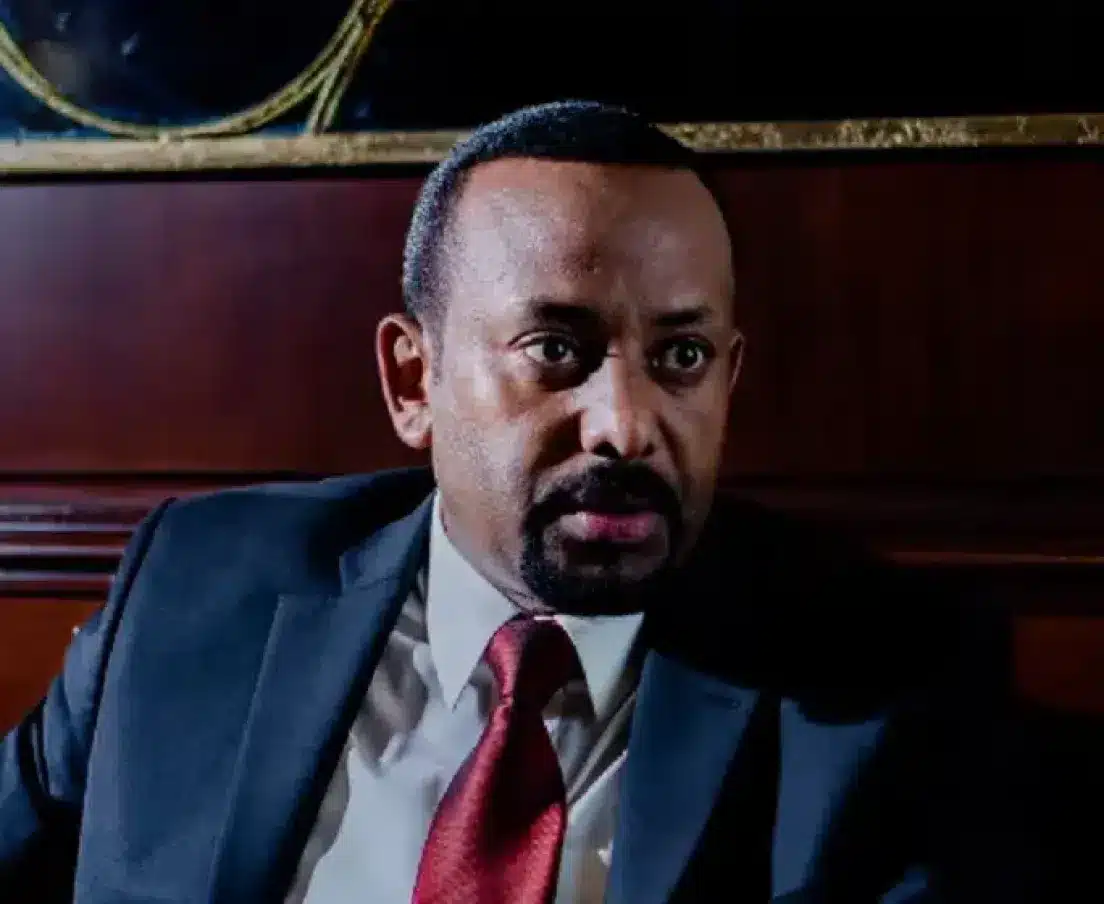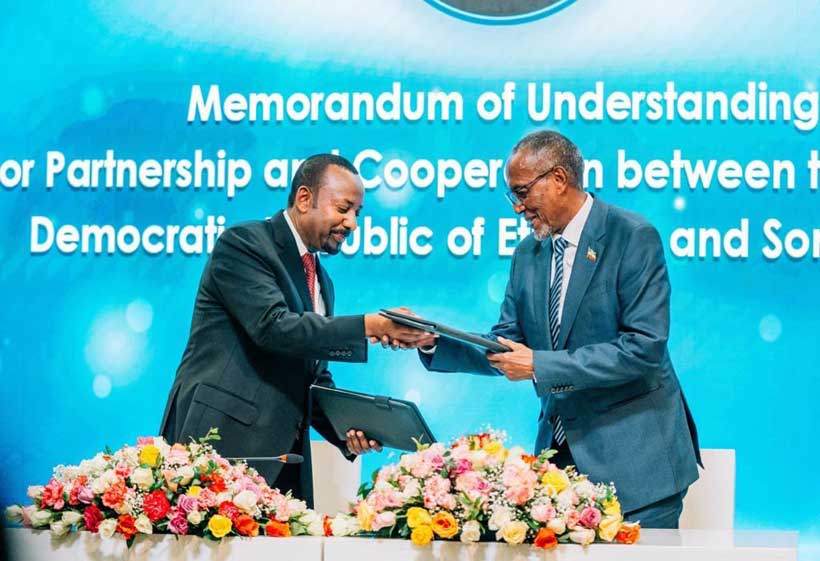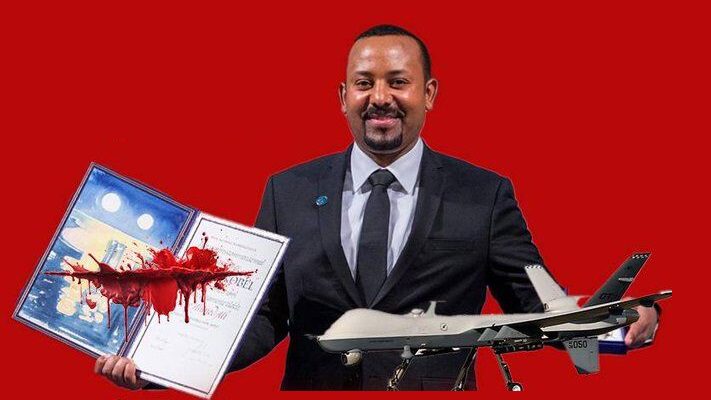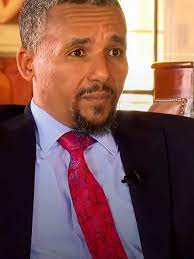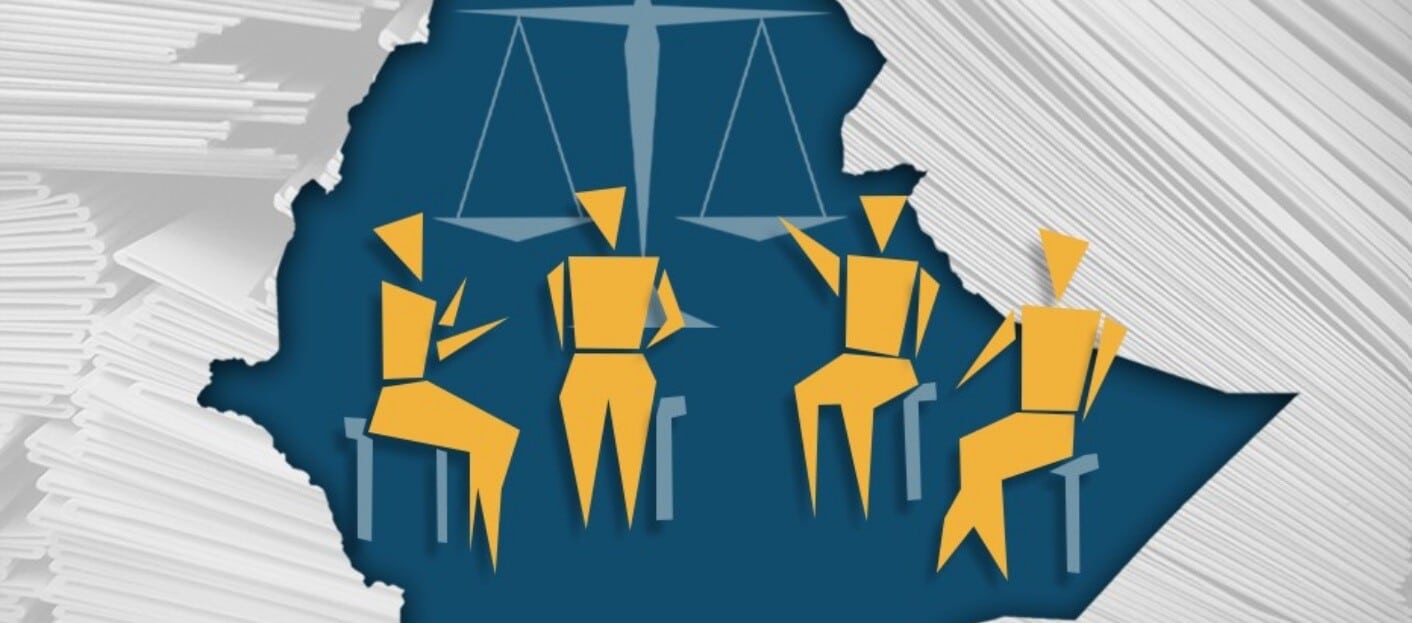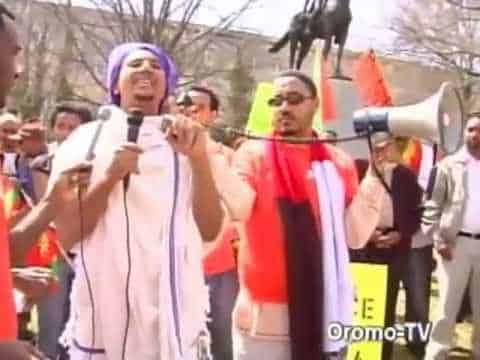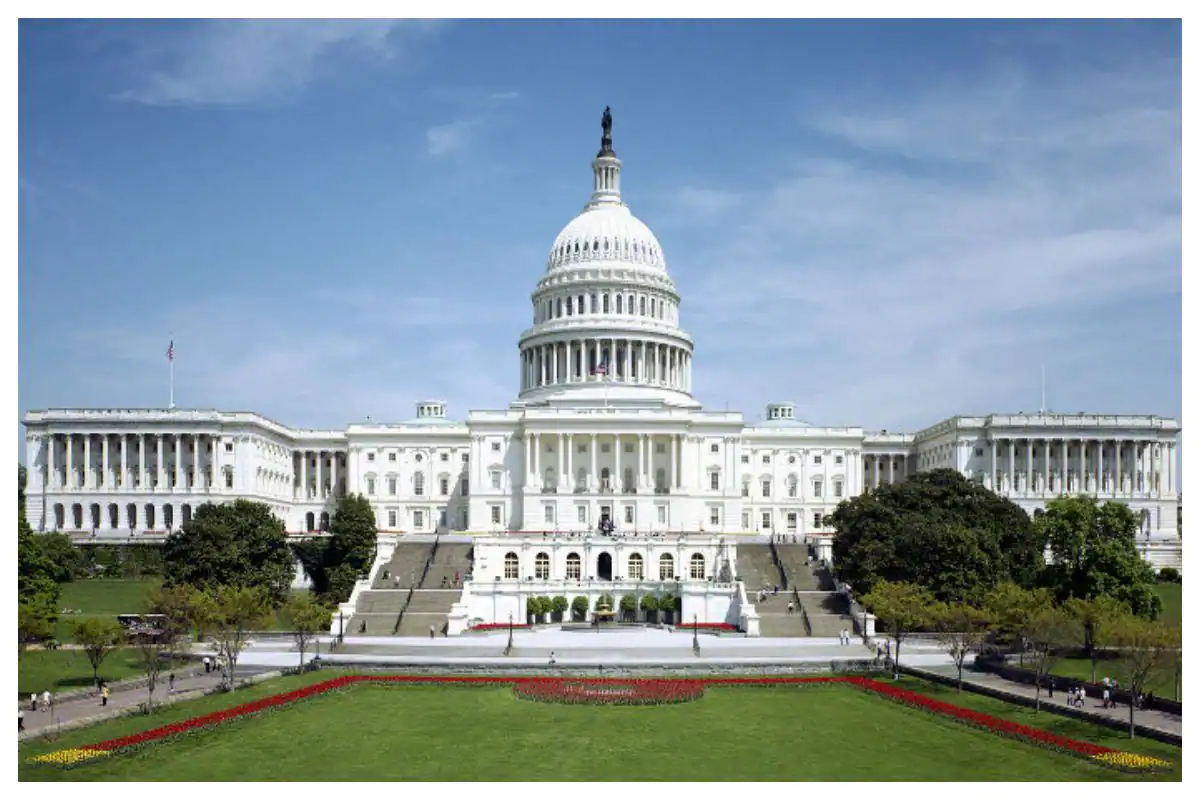(The Habesha) – Six excruciating years have passed where Ethiopians have endured relentless massacres, forced evictions, and turmoil, their pleas echoing unheard in the global arena. Meanwhile, the heinous transition of the country’s strategic assets to handlers under Abiy’s control flows under the radar, unchallenged. This article delves into the unfolding saga of this African nation, illuminating the unseen narratives about the distressing plight of Ethiopians, and the clandestine shift of power that is positioning the country towards an ominous horizon. Through this discourse, it attempts to amplify the silent cries for help and shed light on the covert machinations at play. Let’s peel back the layers of this heartrending story that has, so far, been overlooked by the world.
Overview of the Ethiopian Crisis
Historical Context of the Conflict
The root of the current crisis in Ethiopia harks back to a convoluted mesh of ethnic, political, and socio-economic issues that have simmered under the country’s surface for several decades. Historical antagonisms and deep-rooted ethnic polarities, notably between the Oromo and Amhara, the two largest communities, have persistently surfaced, igniting episodes of violent conflicts. The arrival of Prime Minister Abiy Ahmed in 2018, promising a wave of democratic reforms, ignited hope, but also triggered a resurgence of long-suppressed ethnic and regional rivalries.
Current Humanitarian Situation
The ongoing crisis has had dire humanitarian implications.
Impact on Civilians
In the past six years, the ordinary Ethiopians have seen escalating bouts of massacres, forced evictions, and mayhem. The civil strife has created a looming humanitarian catastrophe, with millions displaced from their homes, and many facing acute food shortages. The persisting violence, coupled with a prevailing state of lawlessness, has further left countless civilians vulnerable to human rights abuses.
International Response
Despite the increasing intensity of the crisis, the international community’s response has remained largely underwhelming. Calls for ceasefires have been repeatedly ignored, and appeals for humanitarian access frequently blocked. Meanwhile, the silent transfer of Ethiopia’s strategic assets to opaque entities controlled by Abiy Ahmed and his allies has further complicated the situation. This has left many questioning why the world remains deaf to the plight of Ethiopians.
Massacres and Forced Evictions
The years have been darkly scarred with massacres and forced evictions in Ethiopia, driving home the terrifying reality of the situation on the ground. The human consequence of this conflict is significant and complex, warranting without fail, international attention and intervention.
Documented Massacres in Ethiopia
Major Incidents of Violence
Delving into the major incidents of violence, Ethiopia’s record bristles with many brutal chapters. One of the marked events includes the Mai Kadra massacre in November 2020. Reportedly, about 600 Amhara civilians were mercilessly killed by Tigray youth group and local forces, a horrifying incident confirmed by both Amnesty International and the Ethiopian Human Rights Commission. This harrowing event, among others, is a stark reminder of the incessant suffering that Ethiopians have been subjected to.
Casualties and Displacement
The sad tale of casualties and displacement is another grim narrative in the litany of atrocities. As per the UN and other humanitarian organizations, an estimated two million people have been displaced due to the volatile events unfolding in the region since 2018. Evicted from their homes, their livelihoods shattered, and their sense of safety destroyed, these people are victims of a crisis that plunges deeper into despair with each passing day. The world watches as millions suffer the brutal fallout of these massacres and forced evictions.
Causes and Consequences of Forced Evictions
Forced evictions in Ethiopia are not random acts of brutality, but are deeply rooted in the political fabric of the country. The reasons range from ethnic tensions and territorial conflicts to power tussles and economic exploitation, all intertwined in a complex tapestry of violence. The consequences, on the other hand, go beyond immediate human loss; they disrupt entire systems − social, economic, and cultural, leaving lasting scars on the ecology of humanity within the affected areas.
The story of Ethiopia’s strife is not just about numbers and statistics. It is a testament to resilience in the face of turbulence – a tale written in blood and tears, etched in the annals of its history. The world cannot afford to ignore this narrative; it is one that reiterates the urgent need for compassion, justice, and steadfastness in addressing crimes against humanity.
Strategic Asset Transfers
Within the unfolding Humanitarian crisis and rampant conflict, an area that has largely been overlooked is the strategic asset transfers that have occurred over the last six years in Ethiopia. These transfers, often subtly done, have shifted the economic and political landscape in Ethiopia significantly, further cementing the power of Prime Minster Abiy Ahmed’s administration.
Abiy’s Administrative Decisions
Prime Minister Abiy Ahmed, since attaining political power, embarked on a sweeping economic and political reform agenda. This included taking strategic decisions that have seen key national assets quietly changing hands. Embedding his handlers in influential positions within these strategic sectors has consolidated his grip on power. The government’s move to lease vast tracts of the country’s arable land to foreign entities, in the name of agricultural modernization and industrialization has been one such controversial step.
Transfers also happened in high-value suites: from the national airline to the telecommunications sector. This trend of shifting control is a tool that, apart from expanding Abiy Ahmed’s power base has attracted foreign investment and economic assistance from allies. However, critics argue that this meticulous manipulation of political and economic resources is a violation of democratic norms, threatening the stability and transparency of policymaking in Ethiopia.
Impact on the Ethiopian Economy
The consequences of these strategic asset transfers on the Ethiopian economy have been multifold. Positively, Ethiopia has seen an influx of foreign investment, particularly in its agricultural and telecommunications sectors. This increase in investment has helped to provide needed capital for a country that, despite being rich in natural resources, suffered for years under a stagnant economy.
However, the overt focus on foreign investment has led to neglecting the domestic enterprises and a sharp increase in socio-economic inequities. Even more troubling is the potential for these foreign entities to exploit the nation’s resources without due regard for the socio-environmental impacts. Recognizing these risks will be crucial for Ethiopia’s struggle to balance both present needs and future sustainability.
In conclusion, while Abiy’s administrative decisions have seen an economic upturn, the implications on democratic norms and the widening socio-economic divide cannot be understated. Only an international recognition of these underlying issues can apply the necessary pressure to rectify such practices.
Global Awareness and Response
Despite the six-year-long crises that stretch from inflicting massacres to forced evictions through to systematic mayhem, the reaction of the international community to the Ethiopian situation has been conspicuously muted, raising serious questions about accountability and shared human responsibility.
International Community’s Reaction
The international community’s reaction towards the mounting Ethiopian crisis has varied from passive observation to belated scrutiny, with some actions taken and criticisms rising over the pervasive inaction.
Actions Taken
The United Nations has issued multiple warnings about the impending humanitarian disaster in Ethiopia, calling for immediate unfettered access to deliver aid. The European Union has also expressed deep concern over ongoing atrocities and has allotted millions in emergency funds. However, meaningful political action has not yet been realized. As the crisis persists, it becomes critical to question when the global powers will step in with definitive measures.
Criticism of Inaction
On the flip side, the world’s deafness to the plight of Ethiopians has drawn stinging criticism from international human rights organizations. There’s an outpouring of frustration and disillusionment over the international community’s general failure to intervene decisively. The unremitting quadruple whammy of massacres, mayhem and forced evictions in concert with the covert transfer of Ethiopia’s strategic assets to Abiy’s handlers has led many to question if the global community truly upholds the human rights values it professes.
Role of Media and Advocacy Groups
In this storm of crisis, it has been the relentless efforts of media and human rights advocacy groups that have kept the issue alive. They have stepped in to fill the void left by mainstream discourse, highlighting the atrocities being committed in Ethiopia.
Despite the Ethiopian government’s strict media censorship, journalists and investigative reporters have risked their lives to provide on-the-ground updates, capturing the haunting reality of the situation. Human Rights Watch, Amnesty International, and local rights advocacy groups have taken to the frontline, publishing exhaustive reports on the human rights violations occurring in Ethiopia. Yet their cries are lost in the sea of international political considerations, thus underscoring the urgent need for more comprehensive and proactive action.
Conclusion and Future Outlook
To recap, over the last six years of massacres, forced evictions, and mayhem, Ethiopia has relentlessly been tormented. The plight of Ethiopians remains somewhat overlooked on the global stage, as a major humanitarian crisis unfolds within its borders.
In light of Abiy’s controversial decisions involving the strategic transfer of the nation’s assets, the economic and socio-political effects have been devastating. The continuous dislocation of civilians, coupled with unchecked aggression, casts a gloomy shadow on Ethiopia’s prospect for peace and stability.
Although there has been some international response to the crisis, it has generally been regarded as insufficient in mitigating the situation. The role of media and advocacy groups is significant at this point in consistently raising global awareness about the crisis.
Looking ahead, the future is uncertain for Ethiopia. Suppose the international community fails to address this crisis promptly and effectively. In that case, the country may continue to plunge further into chaos and instability. As the mayhem continues, the plight of Ethiopians only escalates.
To evade the recurrence of history’s most grievous mistakes, it’s evident that the world must turn a keen ear to the cries of those suffering amidst this crisis. Swift action must be taken to halt the violence. A sustainable solution should focus not only on immediate relief but also on building a secure and prosperous future for all Ethiopians.
This conclusion isn’t gloom and doom but a call to immediate action. The world must no longer remain deaf to the Ethiopian crisis. Urgency coupled with sustainable strategies may yet chart a course for a hopeful future. This grave situation calls not just for empathy — but for engagement, advocacy, and strategic intervention.
Only time will tell how the narrative unfolds in Ethiopia, but for now, the call is clear: The world can no longer afford to turn a blind eye to it.

